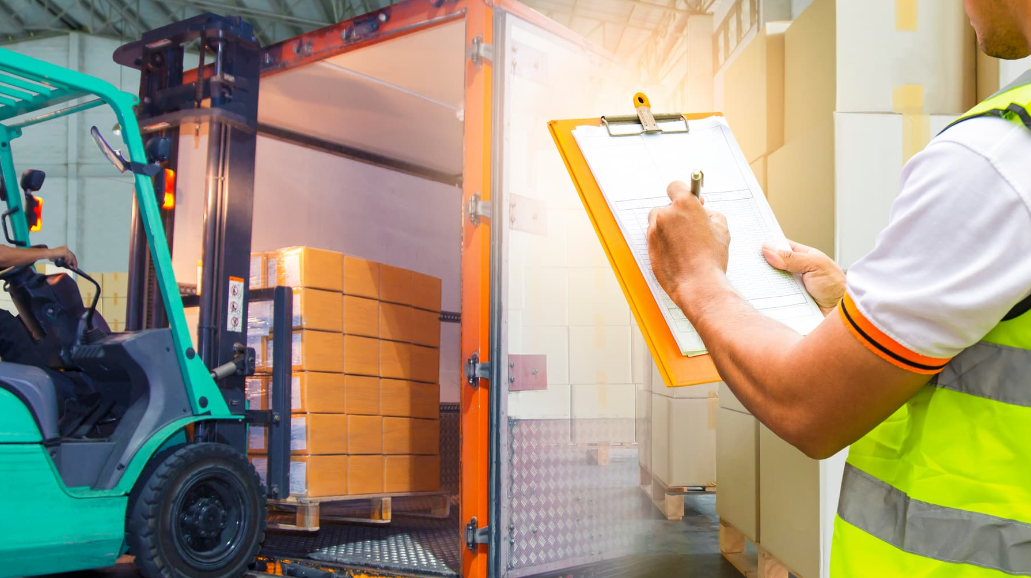Devanning, the process of unloading goods from a shipping container, is an essential part of the logistics and supply chain industry. It requires careful planning, coordination, and execution to ensure the safe and efficient transfer of goods. Here, we’ll break down the key steps involved in the devanning process to give you a clearer understanding of how it works.
1. Pre-Planning and Inspection
Before any goods are unloaded, proper planning and preparation are crucial. This involves reviewing shipping documents, container manifests, and ensuring that the correct equipment and labour are available. Additionally, an external inspection of the container is necessary to check for any visible damage or signs of tampering. This step ensures that the goods inside are protected and that any issues are addressed before the container is opened.
2. Safety Measures
Safety is a top priority during the devanning process. Before opening the container, it is essential to ensure that the unloading area is secure, with no obstacles or hazards. Workers should wear the necessary protective gear, such as gloves, helmets, and high-visibility clothing, to prevent injuries. Safety protocols are also put in place to handle hazardous materials, if any, within the container.
3. Opening the Container
Once safety checks are complete, the container can be opened. This is done carefully to avoid damaging the goods or creating a dangerous situation if the cargo has shifted during transport. It’s also essential to check for any interior damage or signs that the goods inside might have been compromised. Proper lifting equipment such as forklifts or pallet jacks should be on hand to assist in the unloading.
4. Unloading and Sorting
The actual unloading of goods, or container devanning, requires precision and care. Goods are taken out one at a time or in batches, depending on the packaging and the method of storage within the container. Each item is inspected for damage before being sorted according to its destination. Proper labelling and organisation are critical to ensuring that the goods reach their correct locations without delay.
5. Quality Control and Inventory Management
After unloading, the goods are cross-checked against the inventory list to ensure accuracy. Any discrepancies, such as missing or damaged items, are reported immediately. This quality control process helps maintain the integrity of the supply chain and ensures that all products are accounted for before moving on to storage or distribution.
Devanning is a vital part of logistics that requires careful attention to detail at every stage. From pre-planning and safety measures to unloading and quality control, each step plays an important role in ensuring that goods are handled efficiently and safely. Proper execution of these steps helps maintain the flow of goods and minimises the risk of costly errors in the supply chain.

 Home
Home







